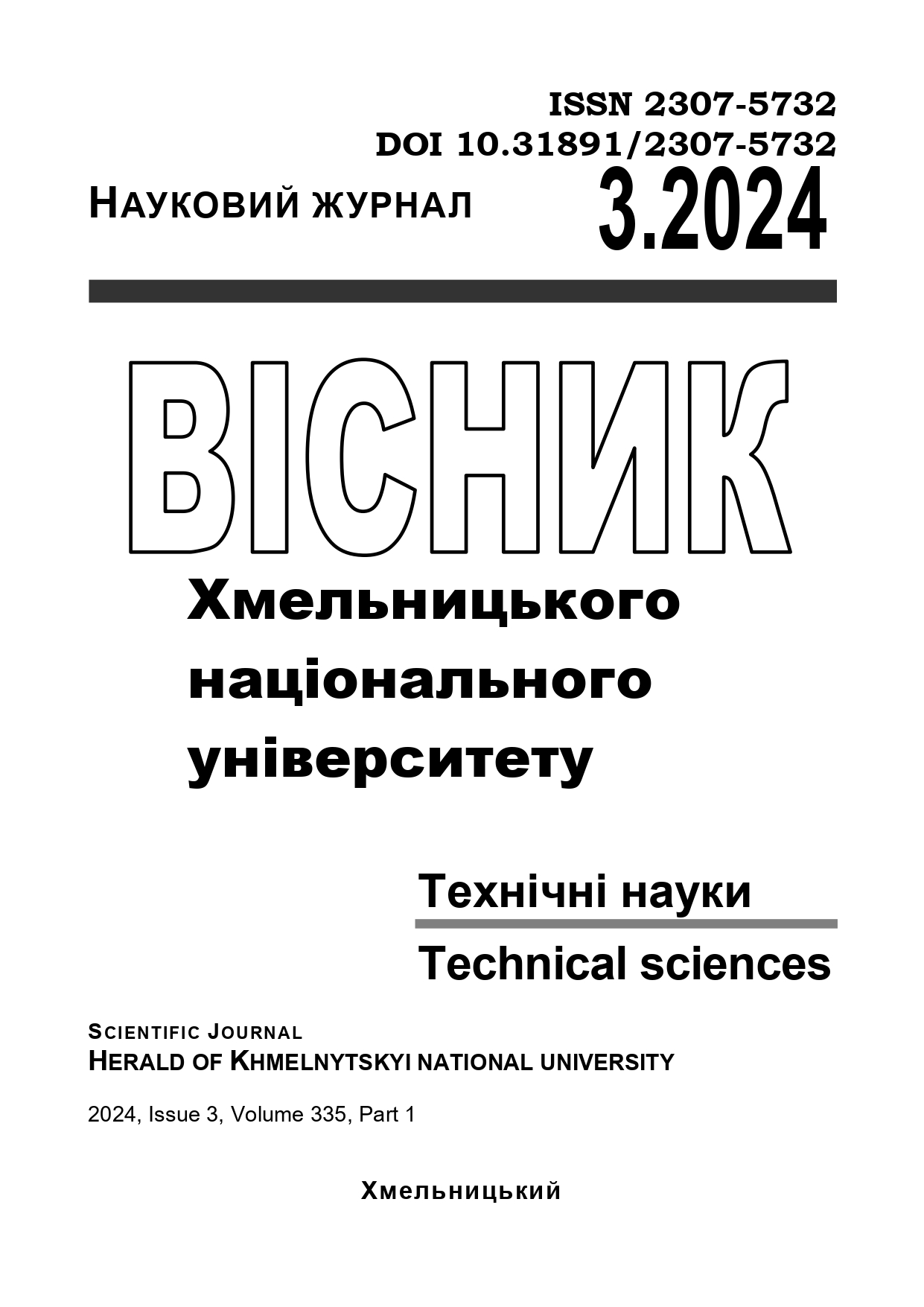DEEP LEARNING MODELS FOR PREDICTION OF CREDIT RISK: COMPARATIVE ANALYSIS WITH TRADITIONAL METHODS
DOI:
https://doi.org/10.31891/2307-5732-2024-335-3-54Keywords:
Deep learning, Credit risk, Prediction, Neural networks, Traditional methods, Logistic regression, Decision trees, Support vector machines, Model effectiveness, Data processing, Risk modeling, Result interpretation, Practical application, Scalability, Error analysisAbstract
In the modern environment of financial risk management, credit risk prediction plays a crucial role in forecasting the probability of borrowers defaulting on their payments. With the advent of technology, deep learning models have emerged as a promising approach to credit risk assessment, offering enhanced capabilities for analyzing complex patterns in data. This essay delves into the realm of credit risk prediction, providing a comparative analysis between deep learning models and traditional methods, shedding light on their theoretical foundations and data preprocessing techniques.
Credit risk prediction involves assessing the likelihood that a borrower will default on a loan or credit line. This process is critical for financial institutions to make informed lending decisions and develop risk mitigation strategies. Deep learning models, a subset of machine learning methods, have gained popularity in recent years due to their ability to extract complex patterns from large datasets. By utilizing artificial neural networks, deep learning models can capture nonlinear relationships and dependencies in the data, offering increased prediction accuracy compared to traditional statistical methods.
Traditional methods of credit risk prediction encompass a range of statistical approaches, such as logistic regression, decision trees, and discriminant analysis. These methods rely on predefined mathematical models and statistical assumptions to evaluate creditworthiness. Although traditional methods have been widely used in the financial industry for decades, they may struggle to capture the complex and nonlinear relationships present in modern financial datasets. In contrast, deep learning models can automatically learn and adapt to underlying patterns in the data without the need for explicit rule programming.
The theoretical foundation of deep learning models revolves around artificial neural networks, which are designed to mimic the structure and function of the human brain. These networks consist of interconnected layers of neurons that process and transform input data through weighted connections. The backpropagation algorithm is a key component of neural network training, enabling them to optimize their parameters based on the difference between predicted and actual outcomes. This iterative learning process allows deep learning models to continuously improve their performance in credit risk prediction tasks.
On the other hand, traditional methods such as regression analysis and decision tree models rely on predefined mathematical functions to model the relationship between input variables and the credit risk outcome. For instance, regression analysis evaluates the impact of each predictor variable on the target variable, providing insights into the significance of different factors in credit risk assessment. Decision tree models, meanwhile, split the data into hierarchical decision nodes based on feature values, offering an interpretable structure for credit risk prediction.

